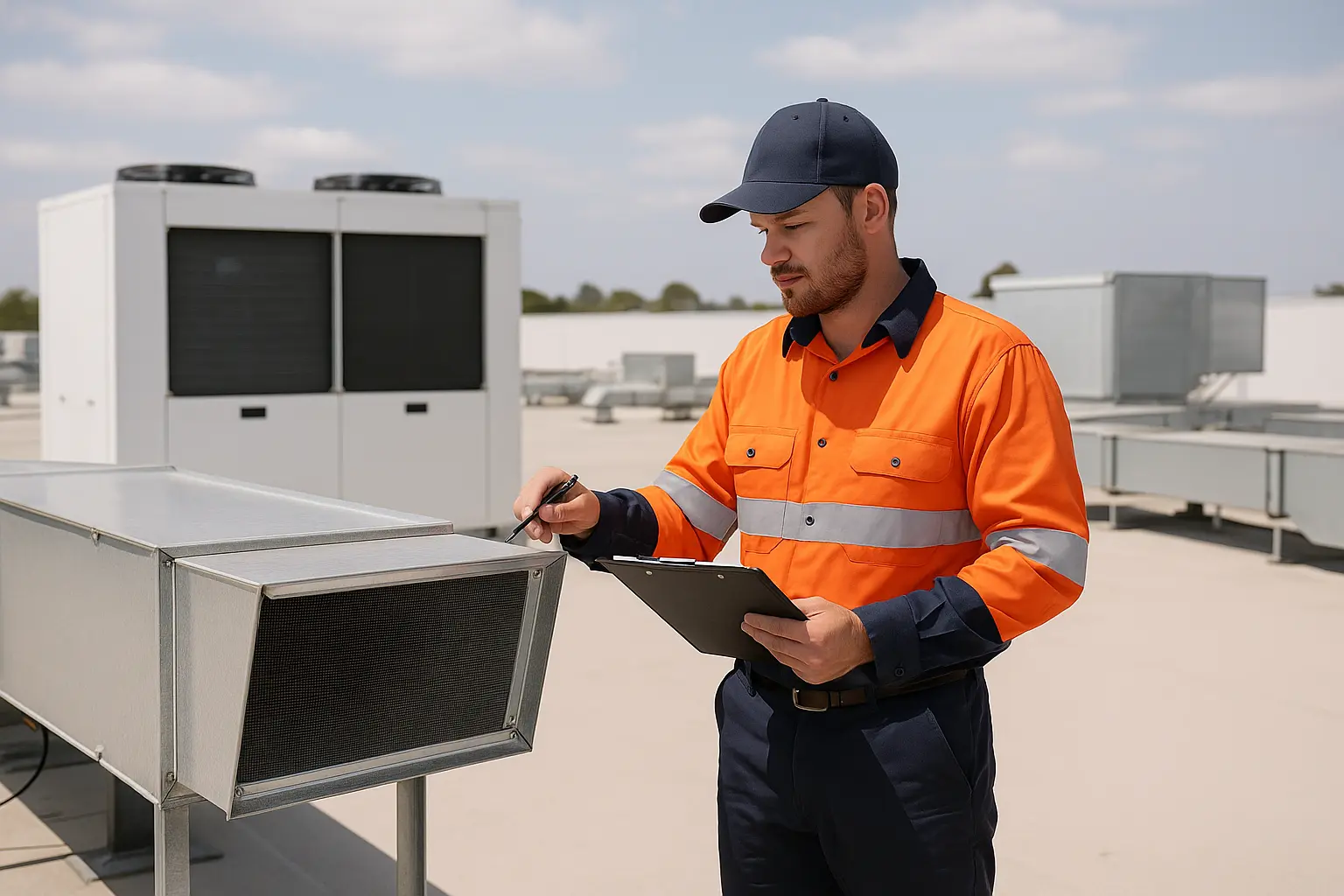Proactive vs Reactive Maintenance: Which Model Protects Your Asset Better?
The true cost of waiting for things to break
In property services, there's a difference between fixing problems and preventing them. Yet many facilities across NSW still rely on a reactive maintenance model—addressing issues only once they’ve already caused disruption. While it may seem cost effective short term, reactive maintenance often leads to higher costs, compliance risks, and frustrated stakeholders. Proactive maintenance, on the other hand, protects your asset’s performance, lifespan, and value.
Let’s break down the two models and how Allworks Property Services helps you move toward a smarter, preventative strategy.
What Is Reactive Maintenance?
Reactive maintenance (also called breakdown or corrective maintenance) involves responding to issues only after they occur. This includes:
- Urgent repairs after equipment failure
- Emergency callouts
- Safety related outages
- Short notice contractor scheduling
Drawbacks:
- Higher labour costs (often out of hours or premium rates)
- Disruption to operations or tenants
- Greater risk of safety breaches
- Downtime that affects compliance and functionality
- No visibility or control over future issues
What Is Proactive Maintenance?
Proactive maintenance is a planned, preventative approach. It includes scheduled servicing, routine inspections, and risk based interventions to identify and resolve issues before they escalate.
Advantages:
- Reduced long term costs
- Increased equipment lifespan
- Predictable budgeting and scheduling
- Higher compliance with fire, WHS, and building standards
- Improved tenant satisfaction and operational reliability
The Risk of “Set and Forget” in Institutional Settings
In schools, healthcare, and public buildings, the stakes are higher. Deferred maintenance can impact:
- Safety of staff, students, or patients
- Regulatory compliance (e.g. AFSS, essential services)
- Public perception and media exposure
- Funding eligibility in government owned facilities
Case in Point: Preventative HVAC Servicing
Imagine a school skipping quarterly HVAC maintenance. Everything works fine, until a system fails mid-summer. The result?
- Emergency contractor fees
- Lost learning time
- Indoor air quality concerns
- Possible WHS investigation
A simple quarterly service could’ve prevented all of it. Multiply this across systems; lighting, fire, security, roofing and the value of proactive maintenance becomes undeniable.
How Allworks Supports a Proactive Maintenance Model
We provide end to end maintenance services across commercial, educational, and government assets. Our proactive approach includes:
- Asset audits and lifecycle forecasting
- Preventative maintenance schedules aligned to standards
- Compliance tracking (AFSS, WHS, essential services)
- Centralised contractor management
- Cloud-based reporting and service logs
You get complete visibility, risk control, and reduced unplanned spend, without the firefighting.
The Bottom Line
Reactive maintenance puts your property in a constant state of catch-up. Proactive maintenance sets you up for performance, safety, and value. In 2025 and beyond, compliance, ESG reporting, and tenant expectations demand better. The time to shift is now.
Need help building a proactive maintenance plan for your facility?Let’s Talk — Our team can assess your current model and recommend a transition path that fits your budget and risk profile.

.png)